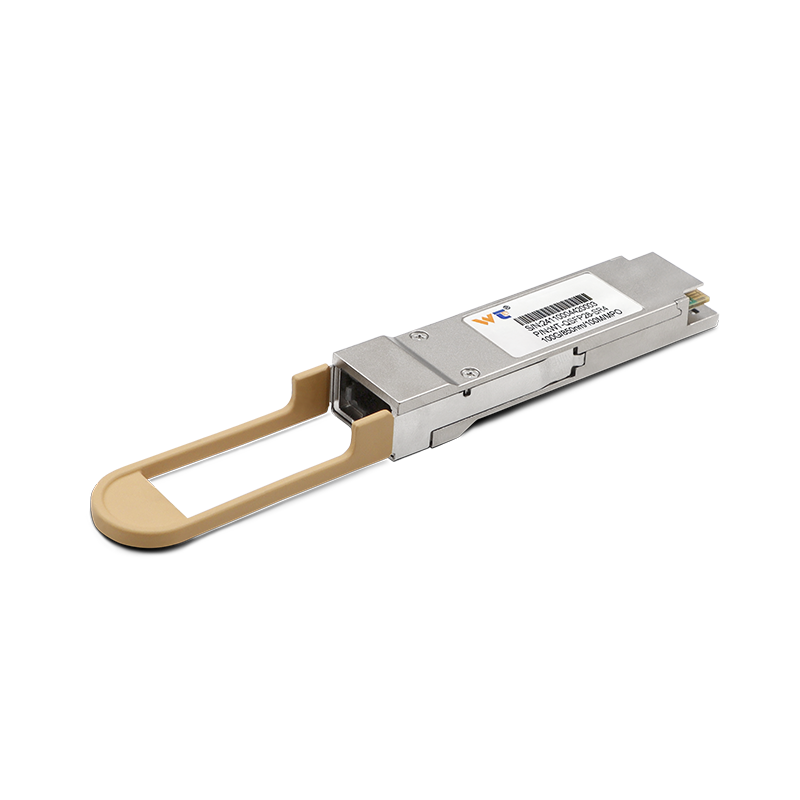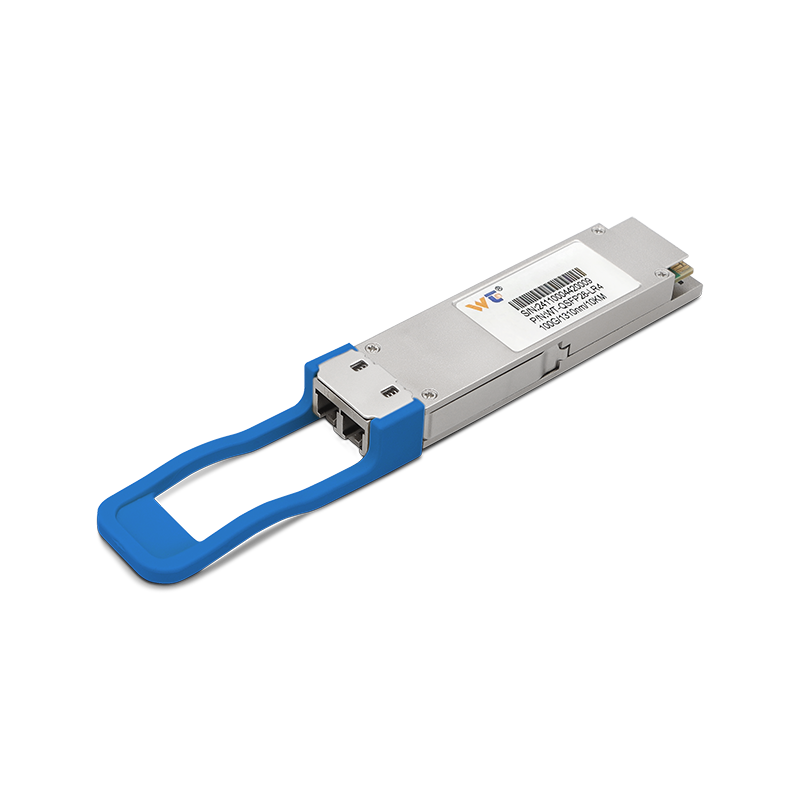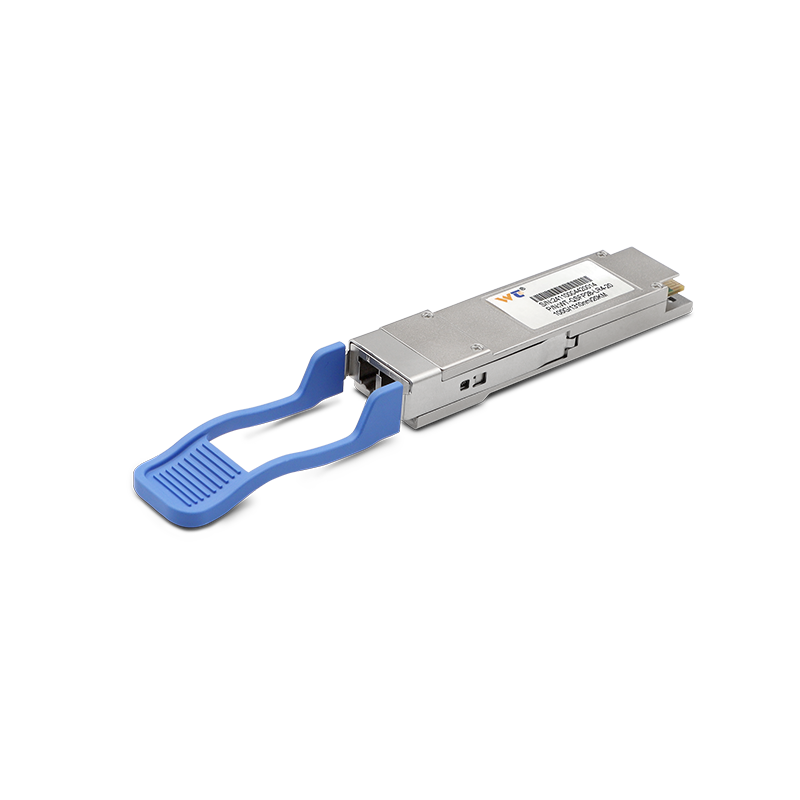As someone navigating the intricate landscape of networking, I’ve come to realize that mastering both the core concepts and advanced techniques is absolutely crucial for anyone aspiring to rise to the role of a senior network engineer. This isn’t just about clocking in hours or racking up experience; it’s about digging deeper into a realm of knowledge that truly fuels growth. So, let me share with you five invaluable books that have shaped my understanding of networking—resources that will not only equip you with knowledge but will also prepare you for certification exams and set you on the path to success in your career.
First off, let’s talk about how essential it is to select the right study materials. To really thrive in networking, you need to dive into the mechanics of different protocols, architectures, and configurations. A fantastic starting point is “Computer Networking: A Top-Down Approach” by Kurose and Ross; it breaks down the daunting layers of the OSI model into bite-sized pieces, making it way easier to wrap your head around complex ideas. Then there’s “TCP/IP Illustrated” by W. Richard Stevens. This one offers a visually rich explanation of the TCP/IP suite that feels like you’re getting a backstage pass to networking’s most critical protocols. And let's not forget “Network Warrior” by Gary A. Donahue, where you’ll find real-world scenarios that tie theory to the practical realities you’ll face on the job. For those diving into security, “Network Security Essentials” by William Stallings opens up a treasure trove of knowledge on security protocols. Lastly, if you haven’t checked out “Routing and Switching Essentials” from Cisco’s Networking Academy, you’re missing out on foundational insights about routing and switching that every network engineer should be familiar with.
But here’s the kicker—having these resources at your fingertips isn't enough. You need a structured study plan to get the most out of your learning. Start with the basics, jot down meticulous notes, and don’t shy away from hands-on practice; this is where the rubber meets the road. Simulators like Cisco Packet Tracer can be absolute game changers, allowing you to play with configurations and troubleshoot like a pro. Don’t underestimate the value of discussion, either. Teaming up with fellow learners can really solidify your grasp on challenging topics. And as you study, keep returning to those hard-to-remember sections—revisiting tough concepts can really hammer them home.
Let’s zoom in on some of the fundamental terms of networking that form the backbone of our understanding. For instance, protocols are the set of rules guiding communication between devices. Then there’s the OSI (Open Systems Interconnection) Model, a conceptual framework consisting of seven layers that standardizes interactions among diverse network systems. IP Addressing is crucial for recognizing and locating devices within a network. Ever heard of subnetting? It’s a nifty technique for slicing larger networks into more manageable segments. And if security is your jam, VLANs (Virtual Local Area Networks) are your best friends for segmenting networks and enhancing security, all while keeping that traffic under control. Getting a handle on these terms not only lays the groundwork for further knowledge but also sharpens your skills in practical networking implementations.
Now, how do you leverage this wealth of knowledge into your career? Let’s break it down into actionable steps:
- Select Focus Books: Start with texts that align with your career aspirations. Look for books specifically aimed at certification exams to maximize your study efforts.
- Create a Study Schedule: Carve out dedicated time each week to read and dive deep into your studies. Pair this with hands-on labs to take theory into practice.
- Engage with Practical Tools: Take full advantage of simulators like Cisco Packet Tracer and GNS3. If you can, set up your own home lab with real networking equipment—talk about a rewarding experience!
- Join Study Groups: Collaboration is key! Discussing challenging topics with peers can provide new insights and enhance your understanding.
- Monitor Progress: Keep tabs on your knowledge through self-assessments, quizzes, and revisiting tough subjects that need a little extra attention.
If you find yourself tangled up in tricky concepts, don’t hesitate to hit up online forums or professional communities where seasoned pros can lend their insights—it's like having personal mentors at your fingertips! Furthermore, exploring case studies and engaging with real-world scenarios can significantly sharpen your problem-solving skills.
So, what about those new skills that could level up your networking game? If you're keen on digging deeper into advanced routing protocols, you’ll soon find designing and implementing complex networks becomes a whole lot easier, all while catering to various organizational needs.
What resources should you be diving into for your networking education?
Some essential reads to check out include “Computer Networking” by Kurose and Ross, “TCP/IP Illustrated” by W. Richard Stevens, “Network Warrior” by Gary A. Donahue, “Network Security Essentials” by William Stallings, and “Routing and Switching Essentials” from Cisco.
Taking proactive steps to deepen your networking expertise is vital for both your personal growth and professional advancement. Engaging with these recommended texts not only expands your theoretical knowledge but also sharpens those practical skills that you can put to use right away. The ultimate aim? To turn theory into action, and in doing so, boost your confidence and competency as a senior network engineer.
In a nutshell, becoming a senior network engineer is all about committing to a journey of continuous learning and self-improvement. The five books highlighted here empower you with the essential knowledge that blends both theory and practice in the networking realm. By sticking to a structured study routine, diving into hands-on practice, and collaborating with peers, you’ll be laying a strong foundation for your career growth. With commitment and smart use of these fantastic resources, you can rise to become an expert in the networking field, primed to tackle modern challenges and innovations head-on.






